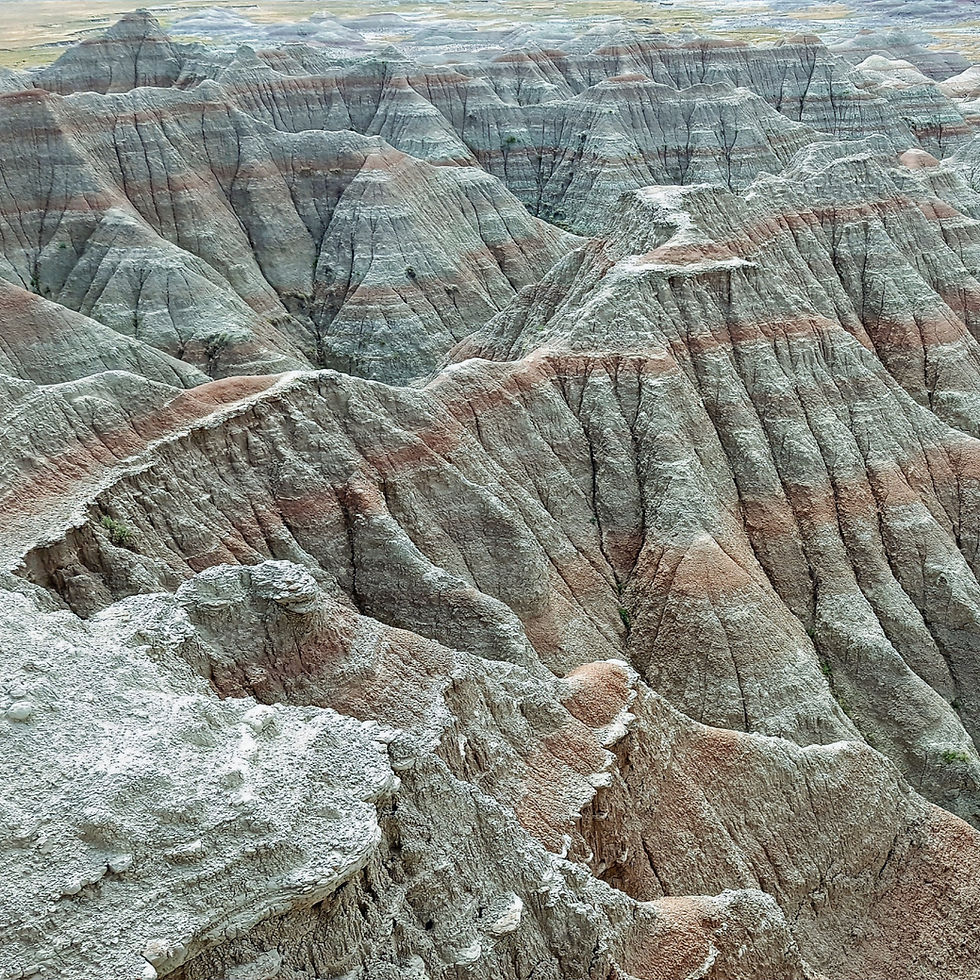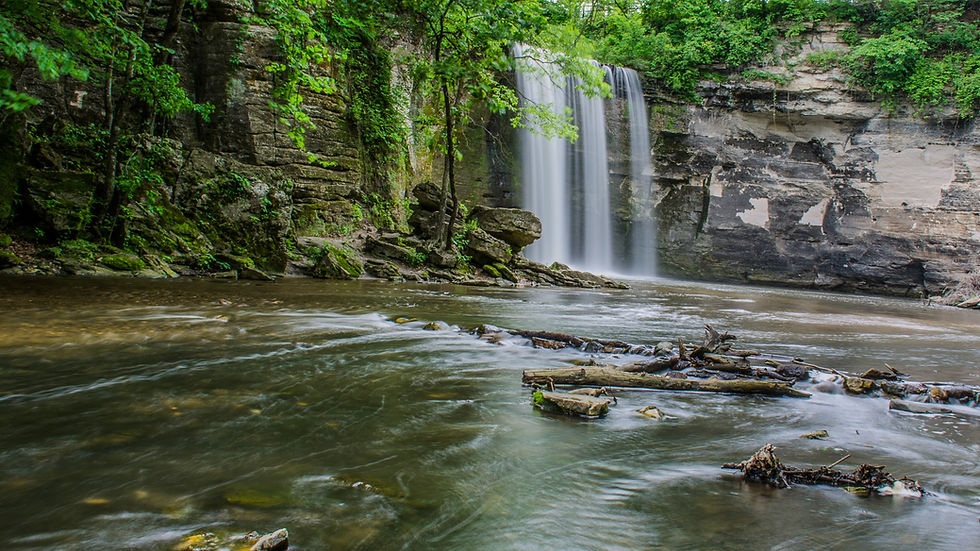Starting outside the Beltway, Virginia offers some of the Washington DC area’s most significant and enjoyable attractions
- Greg Phillips
.JPG/v1/fill/w_320,h_320/file.jpg)
- Aug 31, 2024
- 4 min read
Updated: Apr 30
This byway is one of our choices for Virginia’s Top Scenic Byways, as listed in our Virginia section.

The George Washington Memorial Parkway is an All-American Road with some of the best views and attractions in the nation’s capital. And yet, it never runs inside Washington, DC. Instead, from George Washington’s home in the south, this short road trip follows the Potomac River north to Theodore Roosevelt Island, directly across from downtown DC, before ending at I-495. And though it connects numerous historic sites, parks and wildlife areas, this urban byway can get crowded during rush hour.

Mount Vernon north to I-495
Distance: 30 miles / 48 km
Beginning 16 miles south of the National Mall and Washington Monument, Mount Vernon is the plantation and mansion of America's First President, George Washington. He and Martha are buried here, along with many other family members. You can tour the house, gardens, farm, slave quarters, Slave Memorial and family tomb. Admission also includes working reconstructions of Washington's distillery and gristmill, a three-mile drive from the estate’s main entrance.
From Mount Vernon, it’s a five-minute drive to Fort Hunt Park. Completed in 1898, it was built to complement the older Fort Washington, which stands across the Potomac River in Maryland. As you walk around Fort Hunt, you’ll see the batteries constructed to defend the river approach to Washington, DC. The fort was used as a German POW camp during World War II.
Another two miles north following the Potomac leads to River Farm, headquarters for the American Horticultural Society. Founded in 1922, it’s kinda like the U.S. capital of plants with a mission to “share with all Americans the critical role of plants, gardens and green spaces in creating healthy, livable communities and a sustainable planet.” River Farm was once one of George Washington’s five farms. Today, it features formal and naturalistic gardens, including woodlands, a meadow, orchard and children’s gardens. Admission is free.
From River Farm, it’s two miles north to Dyke Marsh Wildlife Preserve. A favorite with birders, there’s a short hiking trail but it’s best explored by canoe, kayak or paddleboard. With 485 acres of tidal marsh, floodplain and swamp forest, Dyke Marsh is one of the largest remaining freshwater tidal wetlands in the DC area.
From the wilderness of Dyke Marsh, it’s just three miles to Alexandria, founded in 1749. The waterfront city was once the location of America’s largest domestic slave trade. Tobacco was sold here, too, and Alexandria was also a supply center for Union troops during the Civil War. Today, Alexandria is known for cobblestone streets, restored 18th- and 19th-century buildings and numerous shops, restaurants and museums. In 2023, the city was included in Travel + Leisure’s 50 Best Places to Travel in the U.S. as well as placing number 3 in Condé Nast Traveler’s Best Small Cities in the U.S.
As it moves through Alexandria, the parkway is simply called Washington Street. North of the city, the byway regains its name. Like the Colonial and Blue Ridge parkways, a lot of thought and care went into designing the George Washington Memorial Parkway. The Virginia countryside is prominently featured and another example lies just north of Alexandria. 106-acre Daingerfield Island juts into the Potomac River and is popular with walkers, joggers and birders.
The parkway then passes Ronald Reagan Washington National Airport and if you’re into planespotting, Gravelly Point is where hobbyists go for ear-splitting, sublime views of jets landing and taking off.
The Pentagon is next, on the left. The prominent landmark is the headquarters of the United States Department of Defense and it’s also the world’s largest low-rise office building. The Pentagon isn’t directly accessible from the parkway, but it’s worth the short detour to see the Pentagon Memorial honoring those who died when terrorists crashed American Airlines Flight 77 into the building on September 11, 2001. That day is doubly significant because exactly 60 years before, on September 11, 1941, builders broke ground for the Pentagon’s construction. Guided tours inside the Pentagon are only offered to U.S. citizens and just on Tuesdays and Thursdays. You must register at least two weeks in advance.
From the Pentagon, spectacular views of the Washington skyline are on the right while the next major attraction is on the left. Arlington National Cemetery is the final resting place for about 400,000 veterans and their eligible dependents, representing the Revolutionary War to today's conflicts. Arlington’s 639 acres are also home to gravesites for astronauts, supreme court justices and two presidents, William Howard Taft and John F. Kennedy. The Welcome Center, Arlington House and Tomb of the Unknown Soldier, where the Changing of the Guard takes place, are other notable sites within the cemetery.
Up the parkway and on the right, a parking lot leads to a pedestrian bridge and Theodore Roosevelt Island, a memorial and nature preserve dedicated to the 26th President of the United States. The Swamp, Woods and Upland trails are popular for walking and birding. Fishing is allowed but bikes aren’t.
The parkway ends eight miles farther, at I-495. Before the intersection, Turkey Run Loop Road leads to more trails and public restrooms along the Potomac River. And, if you’d like to drive the Chesapeake & Ohio Canal as featured in our Maryland section, take I-495 across the river where the Clara Barton Parkway follows the north side of the Potomac.




Comments